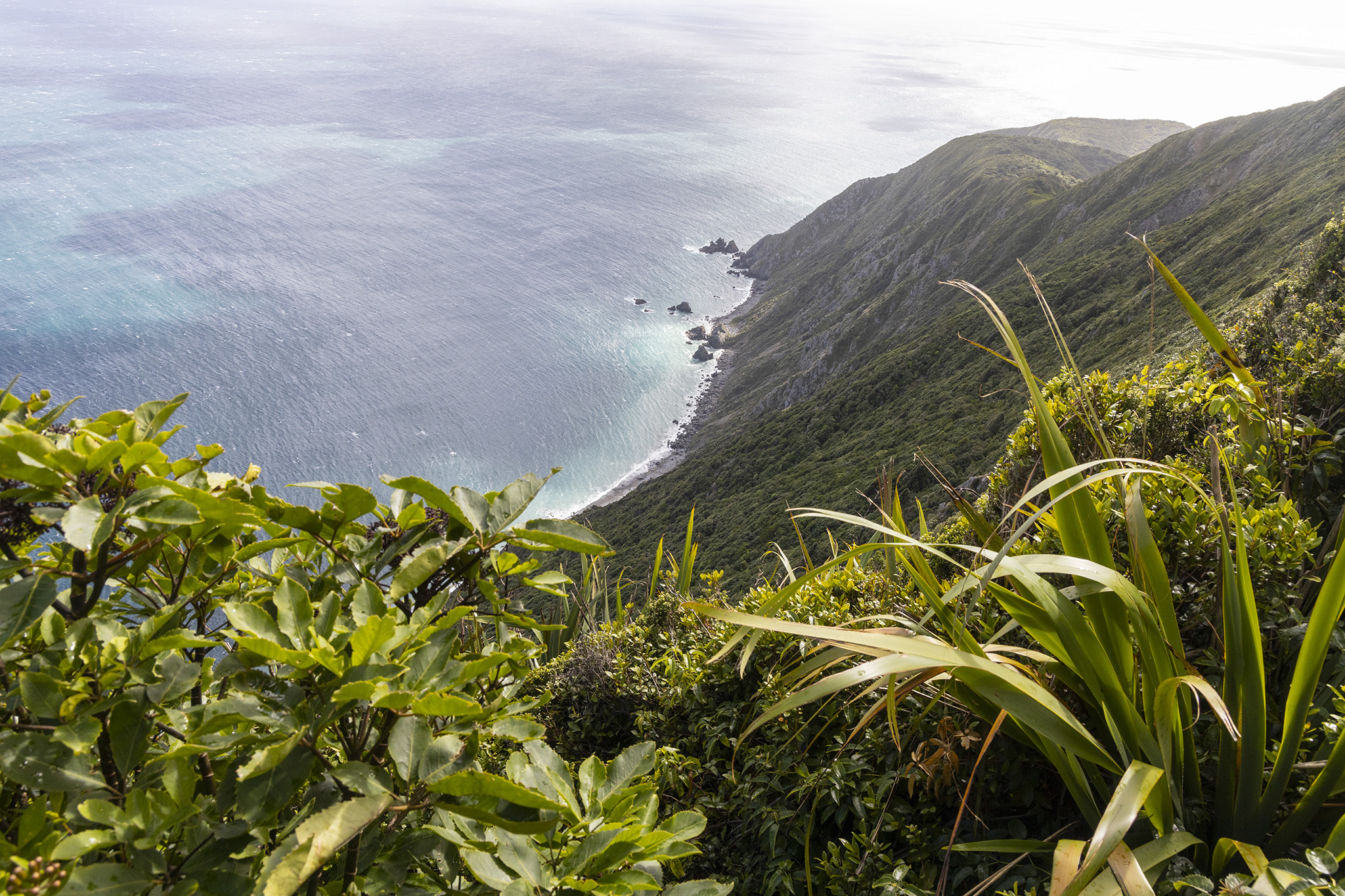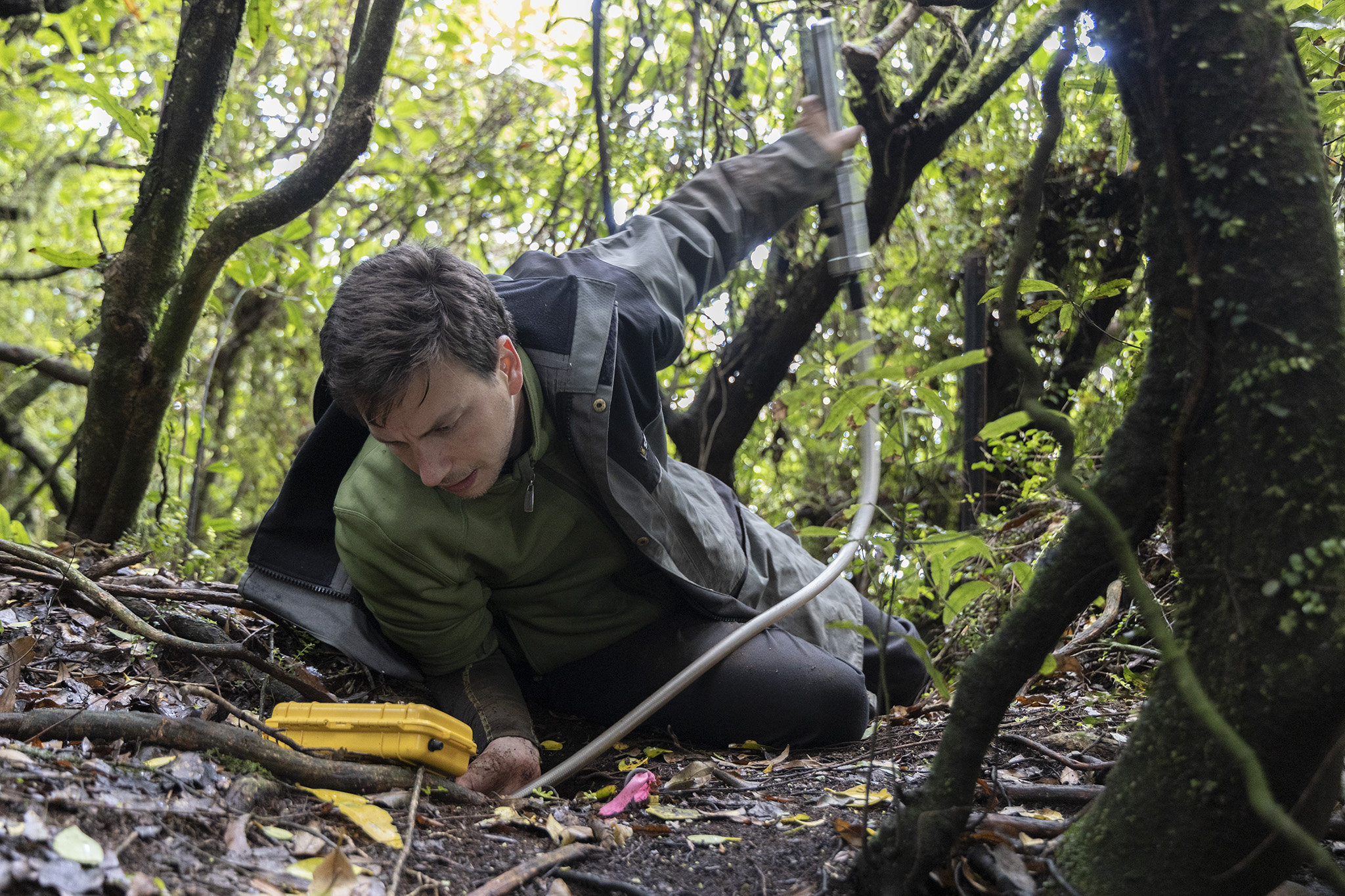Department of Conservation staff on Kāpiti Island, including a trained seabird detection dog, began a 3-year project to save the dwindling tītī /sooty shearwater population on the iconic island in early December 2021.
WildArk has partnered with Kāpiti Ice Cream, the brand that borrows the Island’s name and its distinctive silhouette as a logo, to support DOC’s research to find a sustainable management solution for boosting the burrowing seabirds’ numbers.
“The Kāpiti Coast is the origin of Kāpiti ice cream, so we wanted to give back to the local communities living there something meaningful. Saving the tītī on Kāpiti Island felt like the right thing to do to further the conservation efforts in this treasured part of New Zealand” says Mel McKenzie, Head of Marketing at Tip Top.
While tītī, also known as muttonbirds, are not on the endangered list, on Kāpiti they are a taonga to local iwi, and a critical part of restoring the island’s ecosystem, but their colony is near the point of collapse. Unfortunately, weka, another island taonga, are assumed to have caused this dramatic decline by predating tītī chicks in their burrows.
Graeme Taylor, Lead Science Advisor, says we need to get to the bottom of the decline of the tītī population on Kāpiti.
“We have neighbouring Mana Island, where the tītī population is steadily increasing following the removal of mice and farm stock by the early 1990s,” says Graeme, “and without weka, to provide a local comparison. This project will identify ways to reduce predation by weka and experiment with novel exclusion methods, supported by robust monitoring of nesting success over several seasons.”
“At the same time, it explores the indigenous knowledge about each of these species, their history on Kāpiti and how that Mātauranga Māori can guide long term management.”
“We need to address the drivers of this decline, and this is how we find out how. The Mana and Kāpit comparison will help to tease out the land-based threats such as nest flooding and weka predation from changes in the marine environment due to climate change.”


The project is based on the two hulls/ e rua nga takere approach to science and provides support for two students/tauira mahi to undertake the study/matai with support from DOC and their tertiary institutions.
Seabird scientists and DOC staff have conducted initial surveys on Kāpiti and Mana and identified nesting birds in burrows with eggs. The nests will be studied over the season to compare their breeding success. Titi chicks hatch in January and spend several months fattening up before fledging from burrows in April. They can fly as far as Alaska over our winter months before returning to their colony to begin pairing up in 3-6 years time.
Kāpiti Ice Cream and WildArk are proud programme partners of DOC. You can follow the project on our social media @kapitiicecream @wild.ark @docgovtnz.
